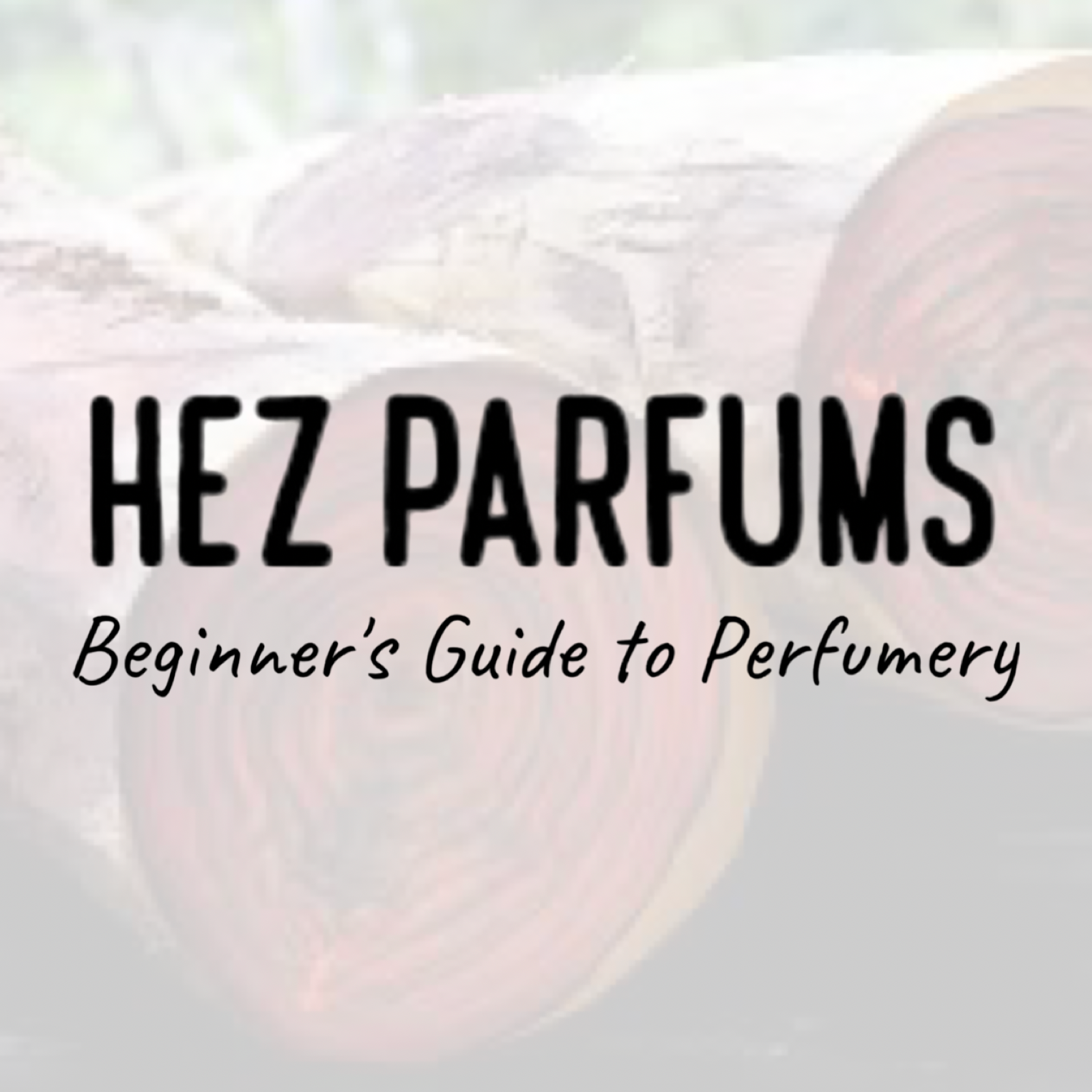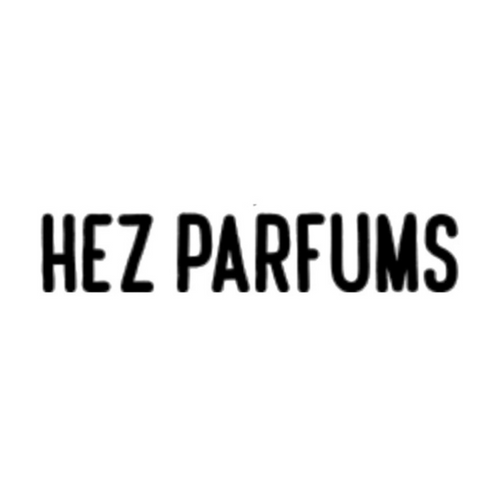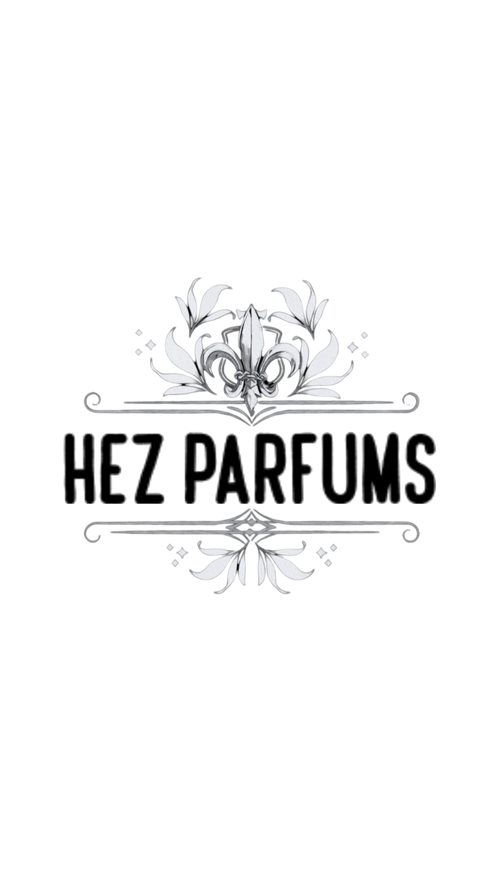Hez Parfums Beginner's Guide to Perfumery 025 - Understanding the Role of Linalool in Perfume

When it comes to crafting fragrances, the art of perfumery relies heavily on a myriad of complex molecules. One such crucial component is Linalool, a molecule renowned for its versatile applications and delightful scent profile.

A Perfume Staple
Linalool is among the most frequently used molecules in the world of perfumery. This is no small feat, considering the vast array of scents and ingredients at a perfumer's disposal. What makes Linalool so special is its classification as a terpene—a large family of volatile, unsaturated hydrocarbons found in essential oils of plants.

A Natural Aromatic Marvel
Linalool is naturally present in numerous plants and essential oils, often at varying concentrations. Its name derives from Linaloe Wood, where it was first identified due to its high concentration. Additionally, it is abundant in Ho Wood and Rose Wood, contributing to about 80% of their molecular composition. It's also found in trace amounts in essential oils like lavender and bergamot, and it's impact is significant.

Synthetic and Natural Applications
Given its prevalence in nature, Linalool is a staple in perfumes crafted from essential oils. Its aromatic qualities are so integral that it also finds its way into synthetic fragrances. Isolated Linalool molecules are often used to enhance the natural aroma of synthetic fragrances, providing a sense of authenticity.
The Allergen Conundrum
However, Linalool's journey in perfumery hasn't been without challenges. Recent years have seen a growing awareness of its potential as an allergen, especially when used in high concentrations. This has led to a reduction in its use in modern perfumes to ensure safety and comfort for sensitive individuals.

A Unique Fragrance Profile
In terms of scent, Linalool is characterized by its rustic, soft, herbal, fuzzy, and airy qualities. It excels at blending heavier notes, allowing them to breathe and stand out. Its ability to harmonize different elements makes it a valuable asset in creating balanced and nuanced fragrances.
The Rise of Ethyl Linalool
To cater to modern preferences, Ethyl Linalool— a synthetic variant—has emerged as a popular alternative in designer perfumery. This version offers a smoother, less rustic scent compared to its natural counterpart, providing a refined option for contemporary fragrance creations. Nevertheless, traditional Linalool remains a beloved ingredient in both niche and designer perfumes.

Conclusion
In summary, Linalool is a testament to the intricate world of perfumery, bridging the gap between natural beauty and synthetic sophistication. Whether used in its pure form or as a synthetic variant, its role in crafting memorable fragrances cannot be overstated.

